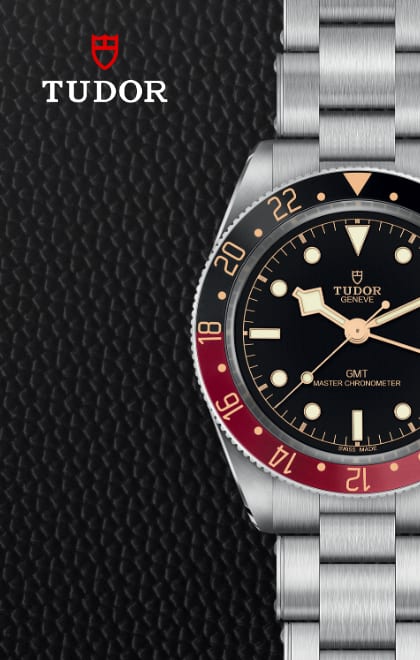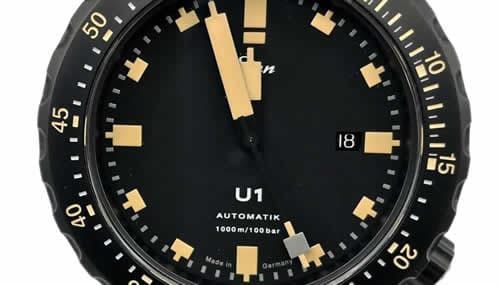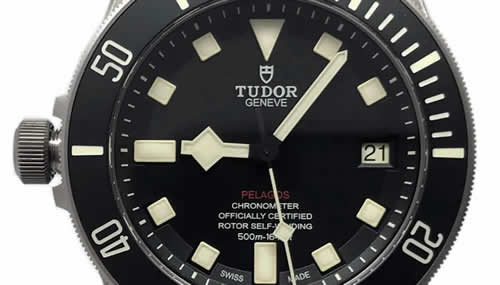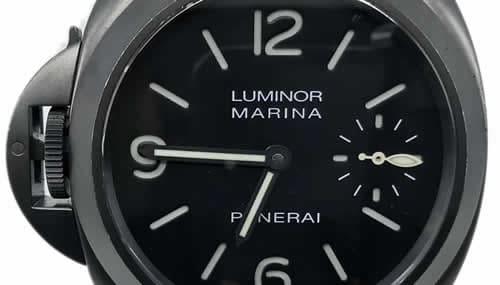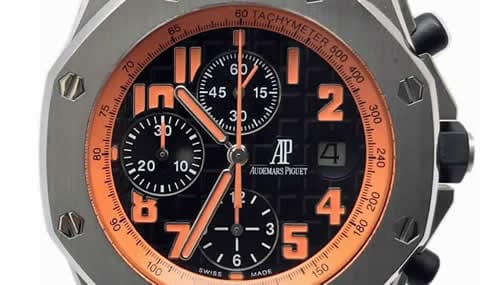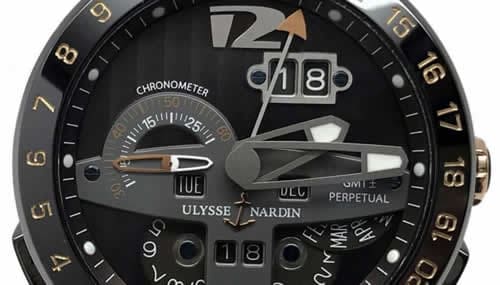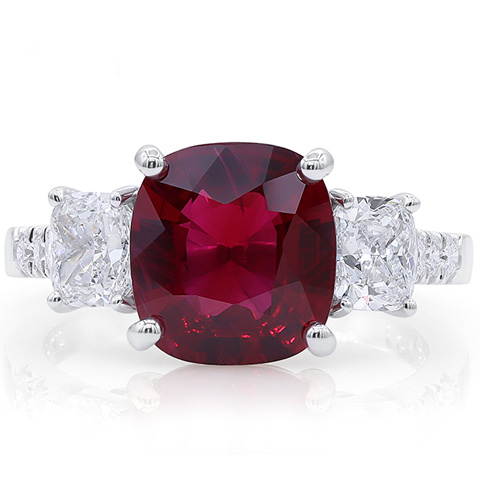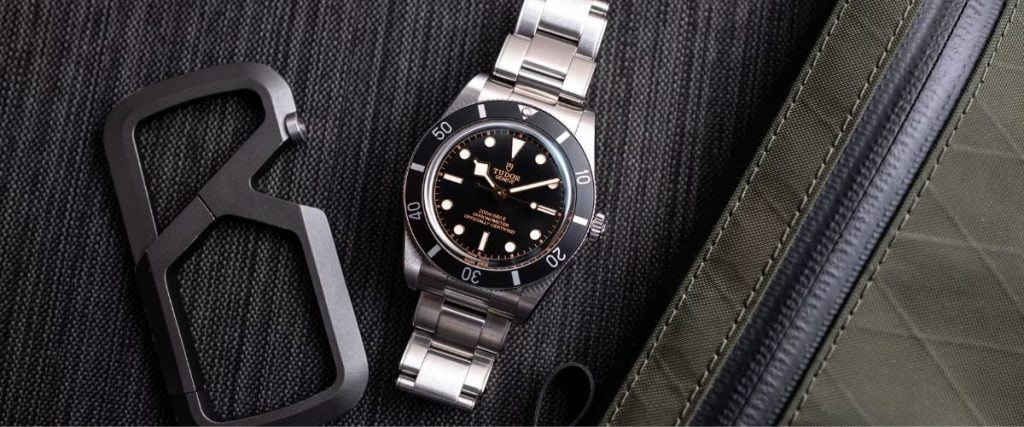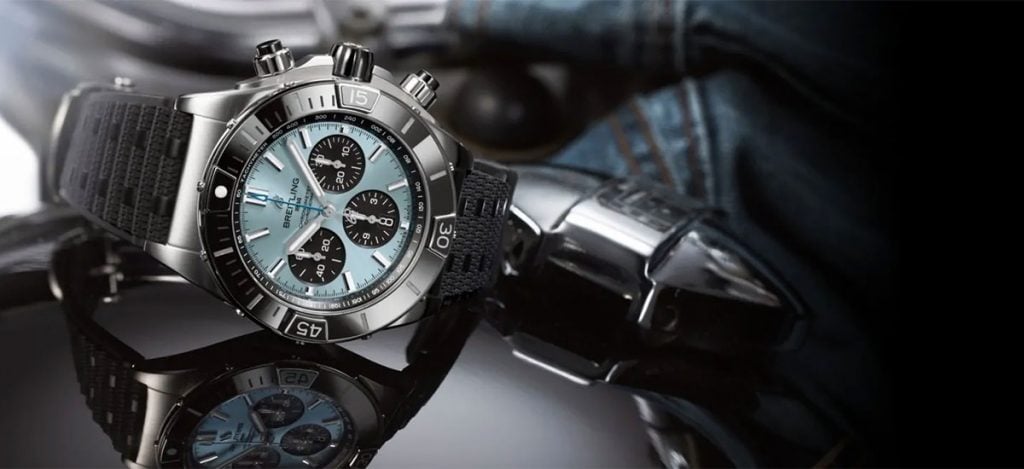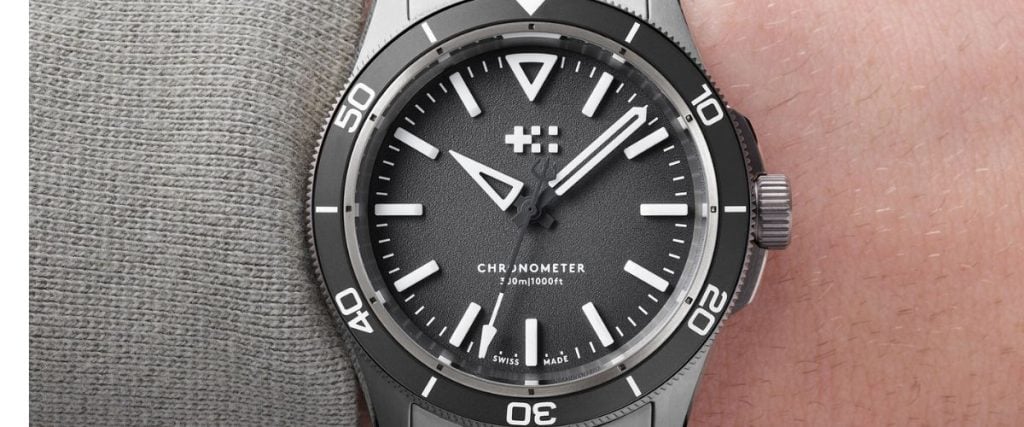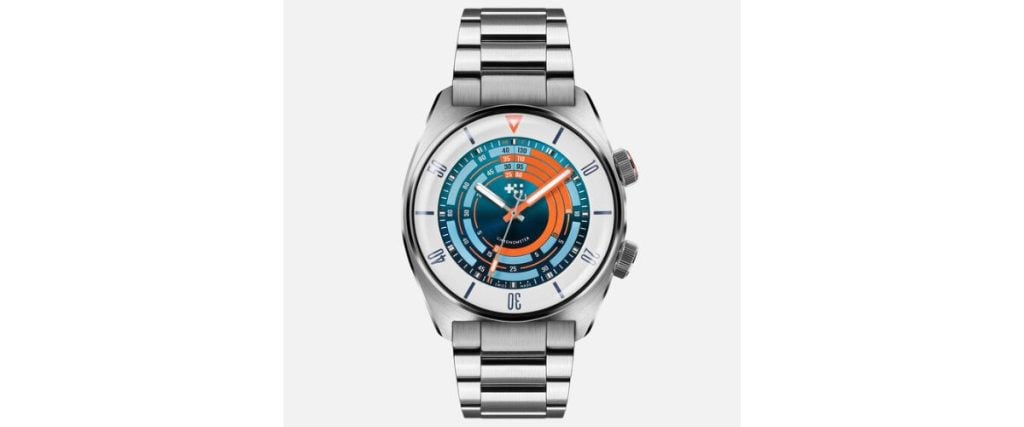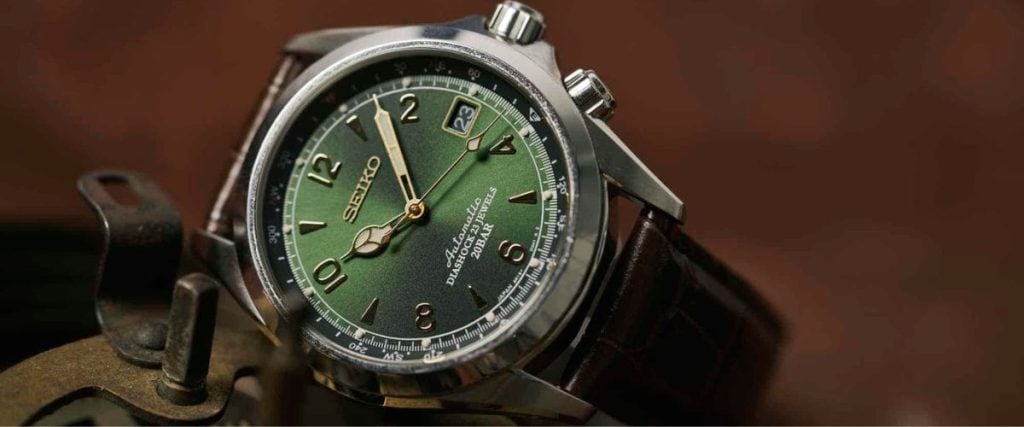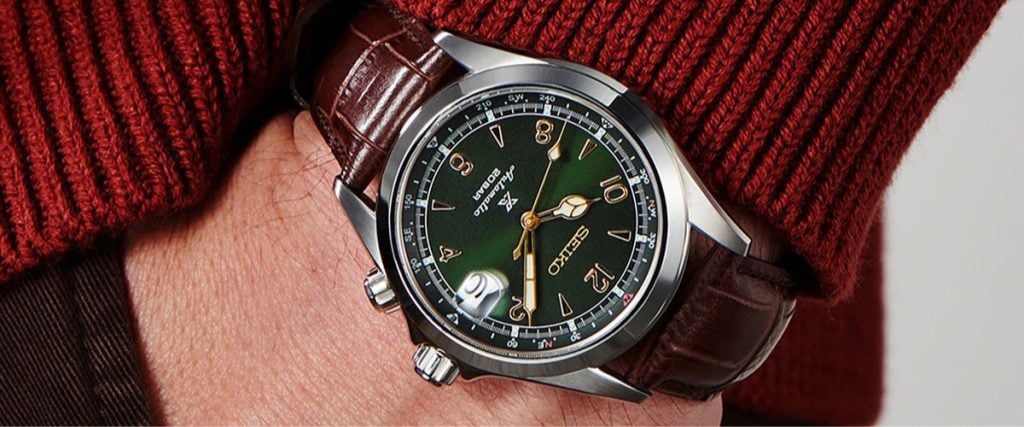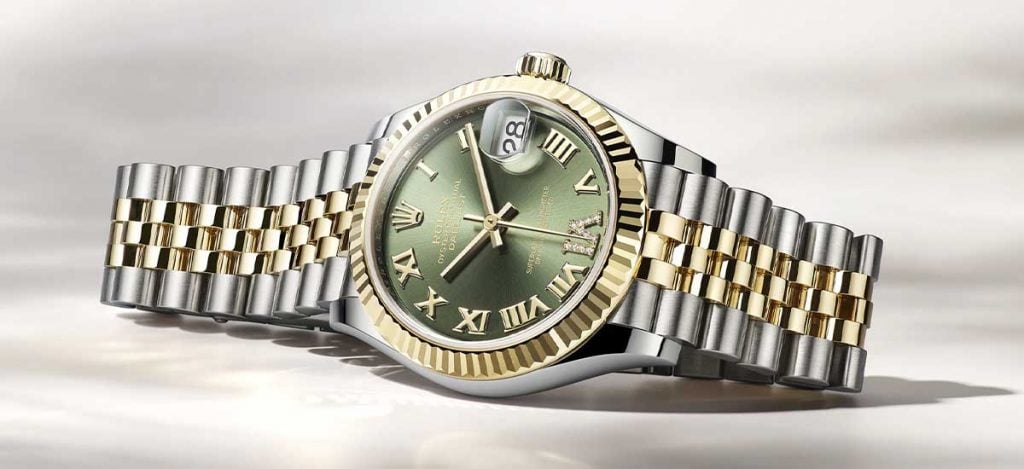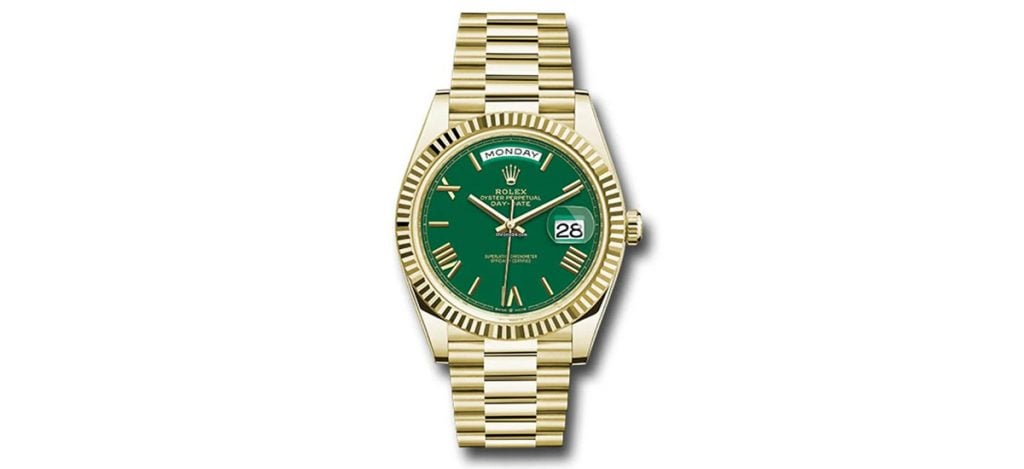
If someone asked me to name some watch brands that perfectly straddle the line between accessibility and luxury, two names would instantly spring to mind: Longines and Tudor. These Swiss powerhouses epitomize what it means to create high-quality, refined timepieces that don’t demand you empty your bank account.
With their use of premium materials, robust Swiss-made movements, and a commitment to precision, both brands have carved out a unique space in the watch world, one that’s as approachable as it is aspirational.
But what really makes this comparison fascinating is just how much these two brands have in common. Take the Longines Spirit and the Tudor Black Bay, for example.
Both exude a vintage-inspired, tool-watch charm that pays homage to the golden age of watchmaking while offering modern reliability and style. And yet, despite their similarities, each brand brings its own design DNA and rich history to the table, making them distinct in their own right.
Ultimately, choosing between Longines and Tudor comes down to personal preference. Do you gravitate toward Longines’ elegant heritage, or does Tudor’s bold, adventure-ready spirit speak to you more?
Either way, you’re in good hands. So, without further ado, let’s dive into the histories, design philosophies, and standout collections of these two iconic brands to help you make the best choice for your wrist.
Brand Heritage
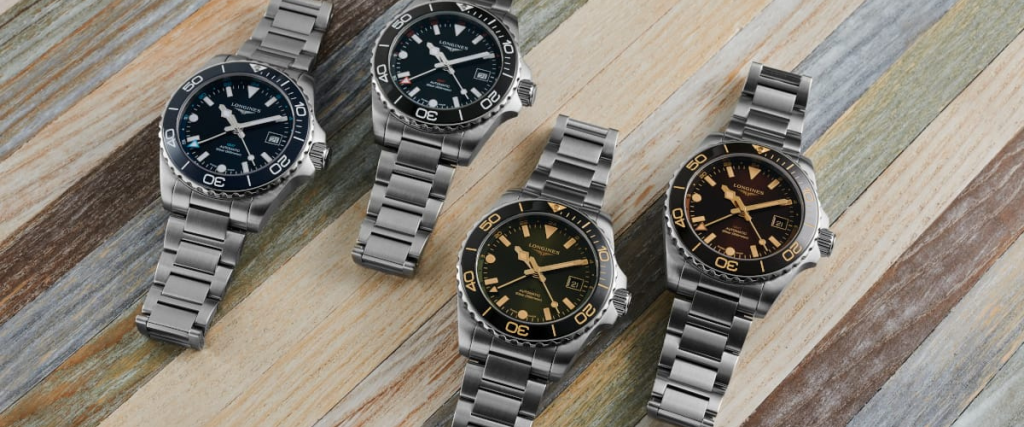
Let’s talk about Longines, a name that’s been around since 1832. It all started in the quiet Swiss town of Saint-Imier when Auguste Agassiz opened a little watch workshop.
Fast forward a few decades, and his nephew Ernest Francillon came on board, turning that small operation into something much bigger.
He centralized production, something that was a bold move back then, and stamped the brand with the winged hourglass logo we still see today, officially putting Longines on the map.
What really set Longines apart in its early days was its desire to push boundaries. They have secured many “firsts” in their arsenal, like the first flyback chronograph, the first rotating bezel, and even the first dual-time-zone watch.
Longines also revolutionized sports timing, becoming the go-to watchmaker for precision timekeeping in equestrian sports, skiing, and even aviation.
The latter is one of Longines’ biggest claims to fame, having worked with aviation legends like Charles Lindbergh, who collaborated with Longines to create the iconic Hour Angle watch. It’s why you’ll often find so many celebrating Longines modern-day pilot’s watch collection.
Nowadays, Longines is part of the Swatch Group and is still producing watches that blend timeless design with modern tech, making it a favorite for anyone who wants a piece of Swiss heritage at an affordable price.
For Tudor, things started a little later. The Swiss watchmaker’s story kicked off in 1926 when Hans Wilsdorf, the mastermind behind Rolex, decided to create a brand that would offer the same durability, precision, and reliability as Rolex but at a more accessible price point. Tudor nailed that balance by using Rolex’s iconic cases and bracelets but keeping costs down with off-the-shelf movements.
Tudor quickly built a reputation for toughness. Their partnership with the French Navy cemented their status as the go-to for dive watches, starting with the Submariner in 1954.
And let’s not forget 1969, when Tudor decided to do something bold with the iconic “snowflake” hands. Even today, these broad, super legible hands are what help set Tudor apart from their big brother, Rolex.
Modern Tudor continues to embrace its legacy while pushing boundaries. The brand redefined itself in 2010 with the launch of the Tudor Heritage line, which brought vintage-inspired models like the Black Bay and Pelagos to a new generation of collectors.
Notably, Tudor has stepped out of Rolex’s shadow by offering its own in-house movements, combining precision engineering with rugged aesthetics.
Model Variety
When it comes to sheer variety, Longines is tough to beat. They have a watch for pretty much every occasion and every type of wearer, whether you’re looking for a sleek dress watch, a rugged pilot’s watch, a sporty dive watch, or something that strikes a balance between these styles. Longines splits its lineup into two main categories: the Classic collection and the Sport collection.
The Classic collection is where you’ll find their most timeless and elegant watches. For men and women who appreciate understated sophistication, the DolceVita series is a standout.
Its rectangular cases and Art Deco vibes make it perfect for formal occasions or as an everyday dress watch. Then there’s the Master Collection, which is packed with complications like moon phases, chronographs, and power reserve indicators all wrapped in a refined package.
On the other hand, the Sport collection is where Longines flexes its versatility. The HydroConquest is a modern dive watch with impressive water resistance and bold designs, perfect for those who love the outdoors.
For fans of aviation history, the Spirit collection channels the brand’s ties to pioneering aviators with vintage-inspired tool watches. And if you’re looking for something sleek but sporty, the Conquest line covers everything from casual wear to sports timing.
With such a broad range of styles, sizes, and configurations, including a significant number of watches designed specifically for women, Longines truly offers something for everyone.
Tudor’s lineup, by contrast, is more streamlined but still covers all the essentials. The brand’s modern success is built largely around the Black Bay collection, which has grown into a versatile family of dive watches inspired by Tudor and Rolex history.
It all started with models like the classic Black Bay Fifty-Eight, but the collection now includes GMTs, chronographs, and even dressier models like the Black Bay 31/36/39/41.
These watches combine vintage-inspired designs with modern technology and are perfect for those who want a balance between ruggedness and elegance.
If you’re looking for a pure dive watch, Tudor’s Pelagos series delivers. This line is designed for serious underwater use, offering advanced features like helium escape valves and lightweight titanium cases.
The Ranger, on the other hand, is all about adventure, channeling the rugged spirit of the Rolex Explorer with its simple, no-nonsense design.
For something a bit more dressy, the 1926 collection offers classic styles for men and women, while the Clair de Rose line caters specifically to women with a refined, elegant touch.
Finally, there’s the Royal collection, which combines sporty and formal elements with integrated bracelets, offering a great alternative to higher-priced luxury models.
While Tudor’s range may not be as extensive as Longines’, it’s easier to navigate. However, you’ll find fewer options in terms of sizes, case shapes, and dial configurations, which could be a deciding factor if you like a lot of variety.
Design
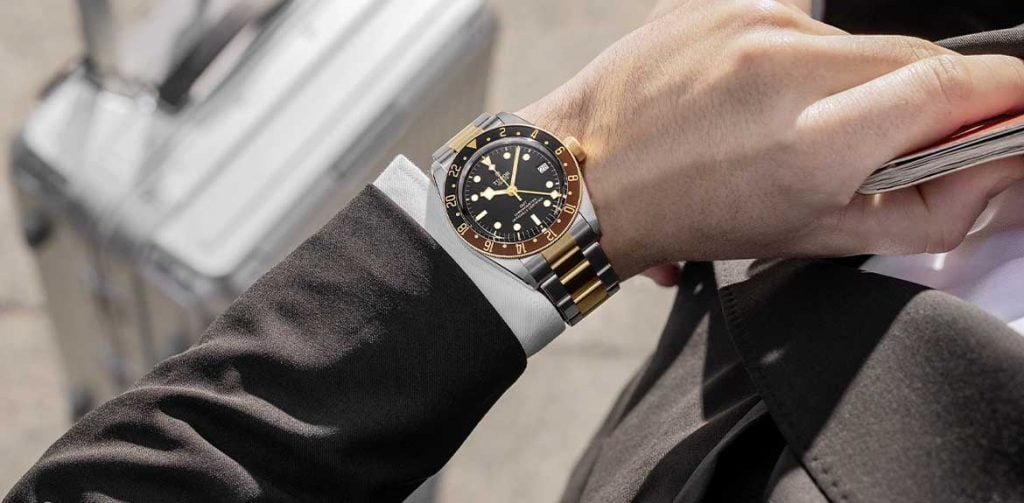
When it comes to design, Longines puts a lot of its focus on elegance and versatility. The brand has mastered the art of blending tradition with innovation, creating watches that are both sophisticated and highly functional. Each collection within Longines feels like it tells its own story, often inspired by the brand’s rich history.
Take the Spirit collection, for example. Its vintage-inspired pilot’s watches channel the durability, legibility, and adventurous spirit of Longines’ aviation past.
Then there’s the Master Collection, which exudes refinement with its clean dials, intricate complications, and classic aesthetics. Even their sportier lines, like the HydroConquest, maintain a polished and versatile look, proving that ruggedness doesn’t mean sacrificing style.
Longines also offers exceptional diversity in design, catering to men and women equally. Whether it’s the elegance of the DolceVita for women or the sporty sophistication of the Conquest for men, there’s a Longines watch for nearly every occasion and personal style. Their ability to balance a rich heritage with modern-day appeal is one of their biggest strengths, making their designs feel as relevant today as they were decades ago.
Tudor, on the other hand, has a much more focused design philosophy, one that’s rooted in adventure and rugged functionality. While their designs often take cues from Rolex, it’s worth noting that Tudor has carved out its own identity. Their watches are bold, durable, and unapologetically tool-like, yet refined enough to wear every day.
One of the hallmarks of Tudor’s design DNA is their snowflake hands, a bold, angular design first introduced in the 1960s. These hands have become iconic, giving Tudor watches a unique and recognizable character.
The Black Bay collection, which is the cornerstone of Tudor’s lineup, perfectly showcases their retro-inspired yet modern style. From the classic Black Bay Fifty-Eight to the GMT models, these designs feel rugged and adventurous while nodding to the golden era of dive watches in the 1950s and 60s.
Tudor’s Pelagos collection takes this ruggedness to the next level with professional-grade dive watches designed for serious underwater exploration. Meanwhile, the Royal collection brings a more polished side to Tudor, with integrated bracelets and refined dials that appeal to those seeking a touch of luxury.
Build Quality & Materials
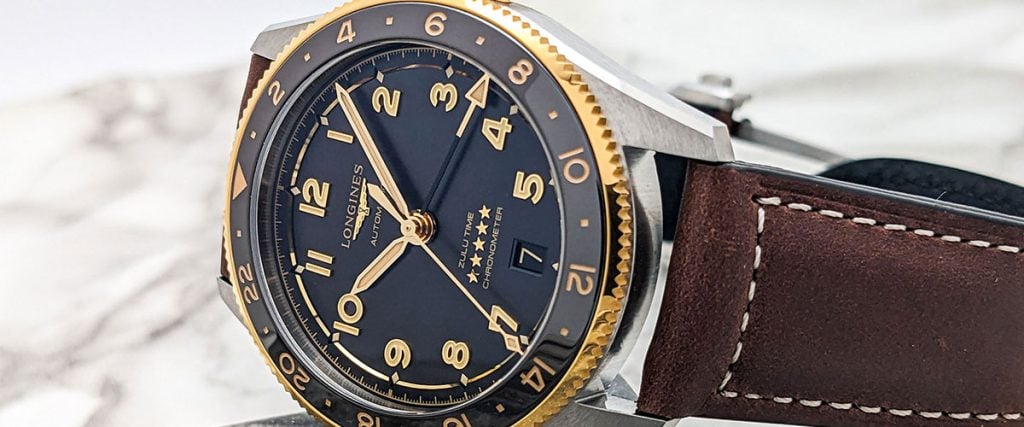
Longines isn’t afraid to experiment with different techniques and materials. They primarily use 316L stainless steel for their collections, especially those in their Sports collection, since these watches need to be highly resistant to corrosion and impacts.
That said, Longines confidently incorporates luxurious metals like 18-karat gold into many of their models, particularly their dress watches. The use of both yellow and rose gold, often in the form of solid cases or plating, adds a touch of luxury to their offerings.
Longines has also made use of advanced ceramics, a material often found on their dive watches’ bezels. Ceramic is highly scratch-resistant, adding a layer of sophistication and resilience, especially for models meant for more rugged activities.
Another common material in Longines’ material palette is titanium, a lightweight yet highly durable material that has found its place in popular models like the Spirit Titanium Automatic.
When it comes to finishing, Longines excels in delivering a predominantly polished aesthetic, particularly in their dress watches. Their polished surfaces reflect light beautifully, giving the watch a refined, high-shine look. In their sportier collections, like the Conquest and HydroConquest, Longines utilizes both polished and brushed finishes to maintain a balance of elegance and toughness.
Tudor takes a more utilitarian approach to watchmaking, focusing on rugged durability and function. The brand predominantly uses 316L stainless steel for its cases, offering the same corrosion resistance and impact resistance as Longines.
However, Tudor’s use of stainless steel is often paired with brushed finishes, becoming something of a hallmark of their more tool-oriented designs. This technique gives their watches a distinctive, matte texture that complements their no-nonsense aesthetic, especially in collections like the Black Bay.
In addition to stainless steel, Tudor has used bronze in some of its models, such as the Black Bay Bronze. Bronze has a unique ability to develop a patina over time, allowing each watch to acquire a personalized look.
This material choice speaks to Tudor’s history of designing watches for adventurers and divers, with bronze being a classic material used in maritime equipment like ships’ propellers and diver’s helmets.
Tudor has also embraced titanium in the Pelagos line and solid gold in select models like the Black Bay 18k Gold. However, Tudor’s use of gold is relatively minimal compared to other brands, as the focus remains on their core tool-watch ethos.
Movements
Since Longines is part of the Swiss Watch Group, the very same company that owns the famous ETA movement manufacturer, it makes sense that many of Longines’ watches are powered by ETA calibers.
These calibers are highly respected in the watchmaking industry and used by almost every watch manufacturer and their dog. They are well-known for their reliability, precision, and affordability.
While they might not carry the same level of exclusivity as in-house calibers, they are incredibly well-engineered and have been tested in countless timepieces over the years.
Longines’ use of ETA movements enables the brand to offer exceptional value by keeping their prices more accessible without sacrificing quality or performance.
In fact, many Longines watches, particularly those in their Sport and Aviation collections, come with Chronometer-certified ETA movements, ensuring a high level of accuracy, just like Tudor’s offerings.
For watch lovers who want a beautifully crafted Swiss timepiece at a more accessible price point, Longines’ use of ETA movements makes sense.
These movements are incredibly reliable and widely recognized and have been used in numerous prestigious watches across different brands. This also means they have access to a wide number of complications, too, from moonphase and GMT to even complex perpetual calendars.
Tudor’s commitment to in-house movements is one of the defining aspects of the brand. Since its resurgence in 2012, Tudor has been moving away from off-the-shelf calibres and has focused on developing its own proprietary movements, made in partnership with Kenissi, a movement manufacturer co-owned by Tudor. By using these movements, Tudor can ensure that each piece is designed, crafted, and tested to meet their exacting standards.
A key benefit of Tudor’s in-house movements is their Chronometer certification. For a movement to be Chronometer-certified, it must pass rigorous testing by the Swiss Official Chronometer Testing Institute (COSC), ensuring it meets a high standard of accuracy, usually within -4 to +6 seconds per day. This level of precision is something that collectors and watch enthusiasts deeply appreciate, making Tudor watches a go-to for those who care about accuracy.
Tudor is not stopping at Chronometer certification either. The brand is gradually moving towards Master Chronometer certification, which is an even more stringent level of testing, further elevating the precision of their watches.
This upgrade marks an exciting development for the brand and ensures that Tudor continues to push the envelope when it comes to technical excellence.
But because they make their movements in-house, it does mean they are a little more limited to the different complications on offer, especially compared to Longines. Currently, Tudor only uses time-only, GMT and chronograph complications, with no overly complex mechanisms like perpetual calendar or moonphase in sight.
Price Point
When it comes to value for money, Longines delivers. The brand offers many timepieces at significantly lower price points than Tudor yet doesn’t skimp on quality. Take the Longines Spirit, for example.
Priced around $2,500, it provides a similar look and feel to the Tudor Black Bay Fifty-Eight, but at a much more affordable price. Although Longines relies on ETA movements (which are reliable and well-established), you’re still getting a beautifully crafted Swiss watch at an excellent price.
Longines also has some higher-end pieces, like their solid gold Master Collection, which retail for around $15,000. That’s a far more accessible price than Tudor’s solid gold models, which can climb as high as $32,000.
Tudor, on the other hand, carries a higher price tag, but there’s a good reason for it. Tudor Black Bay Fifty-Eight is one of the brand’s iconic models, retailing for around $4,500.
What you’re paying for is the in-house movement, which is chronometer-certified for accuracy, and the company’s heritage linked with the legend of Rolex. It really depends on what you value and what you think is worth the money.
Conclusion
Choosing between Longines and Tudor ultimately comes down to your personal preferences and what you value most in a watch. Longines offers a fantastic blend of heritage, affordability, and solid quality, making it an excellent choice for those seeking elegance and reliability at a great price.
On the other hand, Tudor brings in-house craftsmanship and precision to the table along with a more rugged, adventure-ready style. Honestly, both brands deliver exceptional value, and I’m certain that whichever you choose, you won’t be disappointed.


